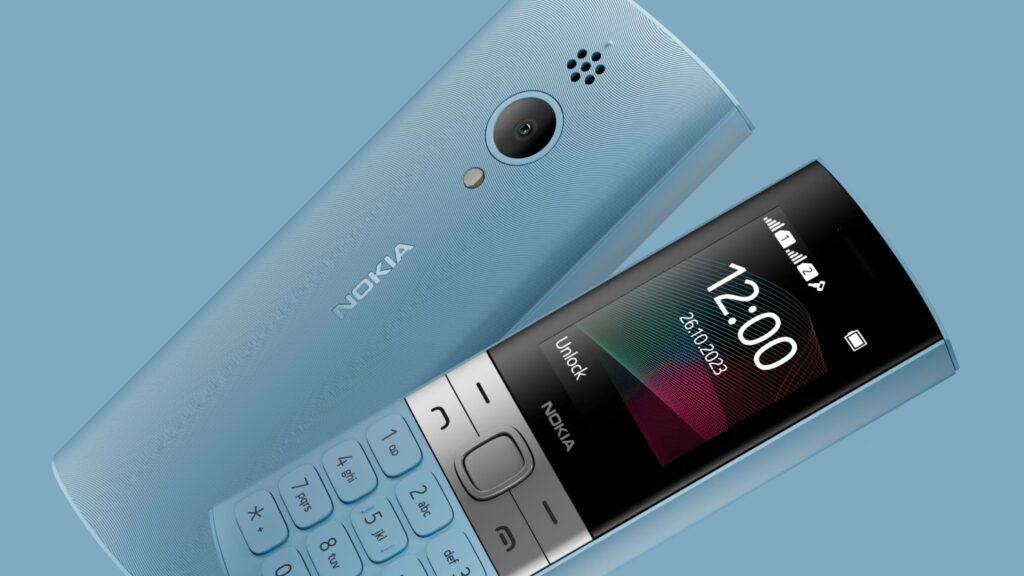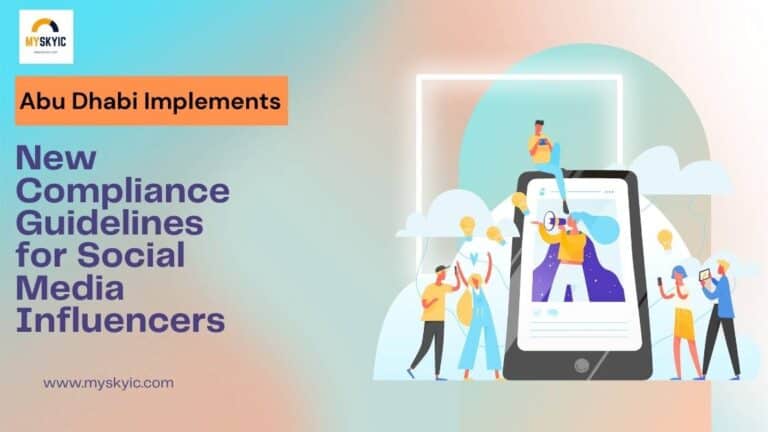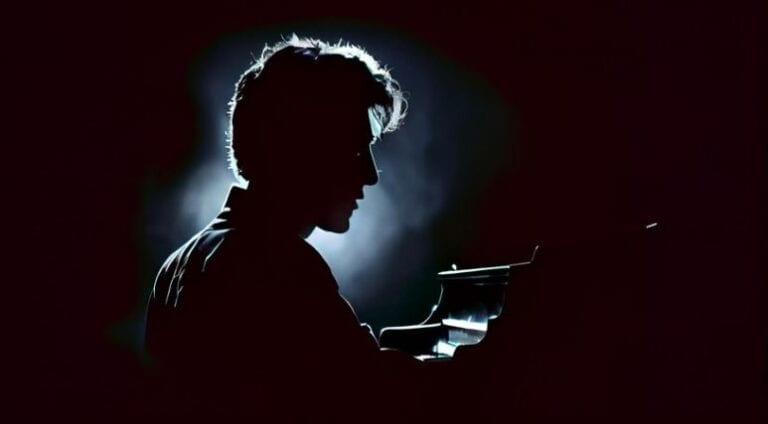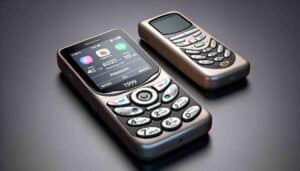Sales of push-button telephones and paper maps have increased in the United States. There has been a renewed interest in simple digital cameras. No, Americans are not preparing for the end of the world. Demand for outdated and seemingly forgotten solutions is growing in the wake of the pandemic. People want live communication and less dependence on technology. For the same reasons, Generation Z is abandoning social networks and smartphones, making in-person meetings and picking up paper books. They call themselves “Luddites.”

Feature phones may have fallen out of fashion globally, but in the United States things are very different. Manufacturers such as HMD Global, which makes Nokia phones, continue to sell millions of devices similar to those used in the late 90s and early 2000s. These gadgets are called “feature phones,” and in colloquial American English they are called “dumb phones.” These devices outwardly look like an ordinary “granny phone” with archaic buttons, a non-touch display and a simple graphical interface. However, the functionality of blunt phones is somewhat wider. The device can have a GPS receiver installed, and it can work as a navigator, and support for high-speed data transfer can turn the gadget into an access point. At the same time, the device does not have social network applications, only something similar to the famous “snake” is installed from games, and the installed camera (one) will make any mobile photographer cry.
According to Jose Briones, a dumb phone influencer and moderator of the r/dumbphones subreddit, which he shared with CNBC, the rise in sales of such devices may be because some members of Generation Z (people born between 1997 and 2012) “ Tired of screens.”
According to a Los Angeles Times study, Generation Z spends half their waking hours looking at a screen. This is 7 hours and 20 minutes a day, given to scrolling social networks, watching videos or communicating with friends.
However, according to a survey by the platform SimpleTexting, 68.6% of people say that time spent in front of a screen hurts their mental health, and one in three admitted that it has a detrimental effect on their work or personal life.
In response to this, a new social movement emerged: those “tired of screens” began to gather together and called themselves “Luddites.”
The modern young Luddites borrowed their name from participants in the spontaneous protests of the first half of the 19th century that took place in England during the Industrial Revolution. Classical Luddites rebelled against the machines and technologies of their time, which, in their opinion, drove people out of factories and factories, which led to technological unemployment. Often the protest resulted in pogroms and destruction of machinery and equipment.
The New York Times drew attention to the new phenomenon. Journalists met and talked with young Luddites who gather once a week in one of the New York parks. The result of the meeting was the article “Luddite teenagers don’t need your likes . ”
The Luddite Club is a group of teenagers that promotes “self-liberation from social media and technology.” The group appeared as a reaction to “death scrolling” (the habit of getting stuck in an endless feed of social networks and not having the willpower to stop consuming content, even if the user is mortally tired) and burnout on social networks. The Luddites of our time refuse to participate in social networking. They are pleased by the lack of control and tracking from modern technology. Young people prefer flip phones from the “nineties” to modern smartphones; they talk, draw in sketchbooks and read paper books to each other.
The Luddite Club was founded by seventeen-year-old Logan Lane. According to her, it all started during self-isolation during the COVID-19 pandemic. Deprived of face-to-face interaction, she realized that her social media use had taken a worrying turn. “I was completely consumed by social media,” Logan recalls. “I couldn’t help but post a good photo of myself if I had one.” Eventually too burnt out to post another perfect selfie on Instagram*, she deleted the app. “But that wasn’t enough,” she said. “So I put my phone in the box.”
Logan’s observations and subsequent actions are consistent with a report from research firm Wunderman Thompson Intelligence. According to the report, 83% of Zoomers have returned to value face-to-face interactions following pandemic lockdowns, and while 92% of them enjoy seeing their friends online, they feel it’s best to see them in person.
The desire for physical experience is fueling the revival of analog practices and simpler technologies from the past. Thus, the two largest map publishing companies in the US and UK have reported a significant increase in sales of physical paper maps over the past two years. Seemingly forgotten consumer digital cameras are coming back to life—the hashtag #digitalcamera has received more than 220 million views on TikTok. And sales of Nokia flip phones in the US have grown and number in the hundreds of thousands. Analysts predict further growth in sales of such devices.












